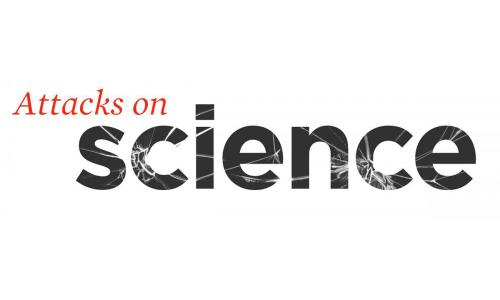The tobacco company Philip Morris has funded several university research programs, sometimes with contracts that breach university ethics requirements, as part of a concerted public relations and marketing strategy to improve tobacco’s tarnished image.
The academic integrity and scientific credibility of academic institutions can quickly be called into question when they forge partnerships with Philip Morris (now Altria), a tobacco giant with a long history of manipulating science and public policy.
Philip Morris gave Duke University $37 million over ten years from 2004 to 2014. This grant helped to fund the Duke Center for Smoking Cessation. The Center’s director, Jed Rose, has made the case for e-cigarettes—promoted by tobacco companies to spin off their own brands as a smoking cessation method—as recently as 2016, despite the fact that the FDA has not approved any electronic cigarette products as effective cessation aids. In Rose’s author disclosure, he acknowledges that he has accepted tobacco industry funding, that he serves as a consultant to Philip Morris International “specifically to support reduced risk products,” and that he is listed as an inventor on a nicotine inhalation technology sold to Philip Morris. Other than Rose’s personal funding disclosure and an indirect mention on an outdated program history timeline, nowhere on the its website does the Center explicitly disclose the decade of tobacco industry funding. As Philip Morris works to promote smoking cessation products, it has actually advertised for dual use of the cigarettes in addition to the patch by using the campaign for its Marlboro brand, “for when you can’t smoke.”
In 2006, Philip Morris entered into a $1.3 million contract with Virginia Commonwealth University. The contract’s restrictive terms included barring professors from publishing the results or talking about their studies without the company’s permission. Additionally, all patents and other intellectual property rights for work conducted under the contract would belong to the company, not the university researcher.
The contract’s terms are in stark contrast to the university’s own guidelines for industry-sponsored research. Sheldon Krimsky, an expert on corporate influence on medical research at Tufts University, wrote: “when universities sign contracts with these covenants, they are basically giving up their ethos, compromising their values as a university. There should be no debate about having a sponsor with control over the publishing of results.”
The contract was established while the President of VCU, Eugene Trani, was a member of the board of directors of Universal Corporation, a leaf tobacco company, which sells its product to tobacco manufacturers including Philip Morris. Trani also led the development of the Virginia Biotechnology Research Park, including the building that houses the $350 million Philip Morris Center for Research and Technology, where the company is conducting research into “reduced risk” products including smokeless tobacco.
In February 2007, Philip Morris USA announced a $25 million gift to the University of Virginia, the largest corporate gift ever received by the university, to support “independent research” to “help prevent youth smoking, improve the effectiveness of smoking-cessation efforts and reduce the harm caused by smoking.” This grant was part of a $176 million effort to implement programs aimed at helping young people avoid risky behaviors, such as smoking. Just a few years later, in 2010, John T. Casteen III, who was president at the time of Philip Morris’ grant to UVA, was appointed to the board of directors of Altria.
As Philip Morris increased its funding of university research into smoking cessation efforts, a 2012 Surgeon General report, Preventing Tobacco Use Among Youth and Young Adults, concluded that, “there is a causal relationship between advertising and promotional efforts of the tobacco companies and the initiation and progression of tobacco use among young people,” that “The evidence is suggestive…that tobacco companies have changed the packaging and design of their products in ways that have increased these products’ appeal to adolescents and young adults,” and that “the tobacco companies’ activities and programs for the prevention of youth smoking have not demonstrated an impact on the initiation or prevalence of smoking among young people.”
These three schools have all been used by in the tobacco industry in a concerted public relations and marketing strategy designed to improve its image after being exposed over decades as purveyors of disinformation that harmed millions of lives.




